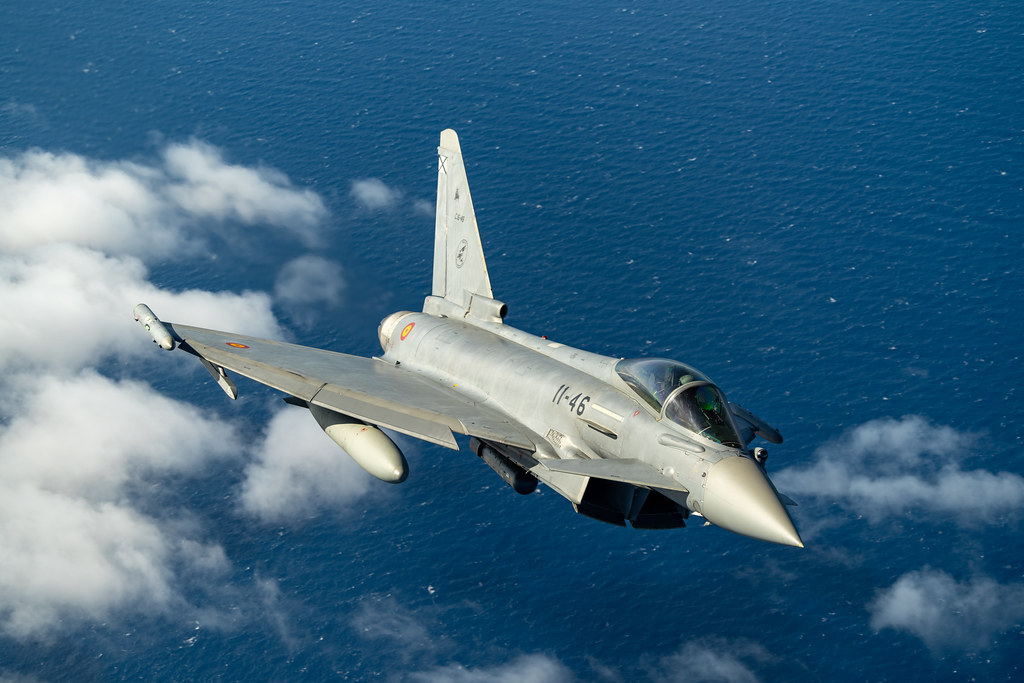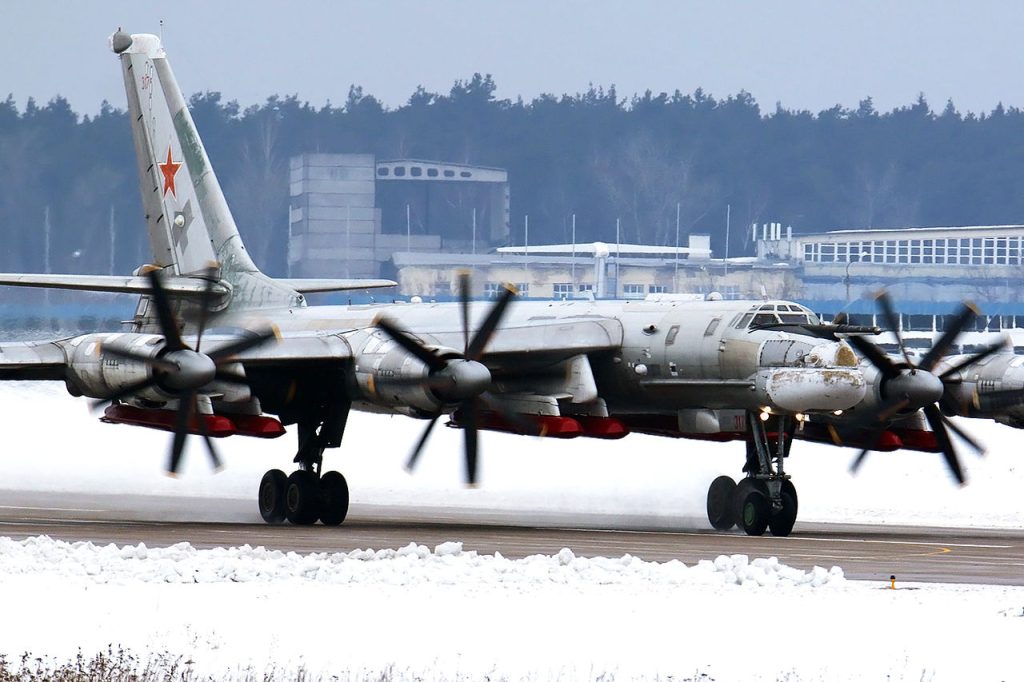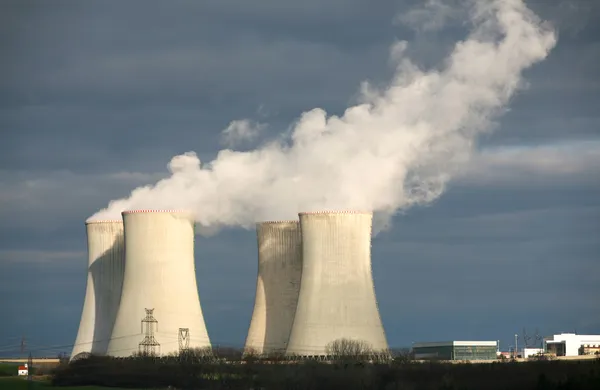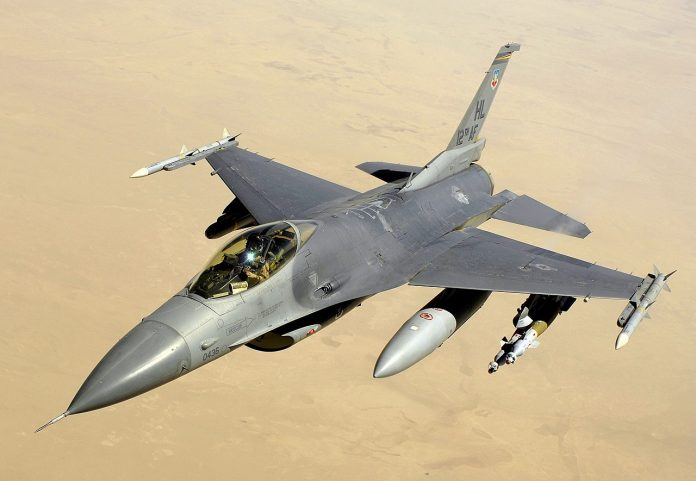
How extraordinary, then, that Russia should launch a major strike on western Ukraine. Until this week such events were all but unimaginable. An overnight attack on Ternopil, which killed at least 25 people, represented a dangerous escalation whose ripples spread well beyond Ukraine’s borders, scrambling NATO air forces in Poland and Romania. This strike was not an isolated incident, but rather part of an intensifying campaign targeting civilians, energinfrastructure, and military assets.
It unfolded against the backdrop of shifting military strategies, a return to long-range missiles, and changing alliances. The incident also brought to light vulnerabilities in regions previously considered safer and raises urgent questions with regard to air defense readiness and geopolitical stability. The following is a breakdown of the most important developments and technologies involved, from the weapons used to the diplomatic maneuvers now in motion.

1. A Rare Strike on Western Ukraine
Russian forces struck the two nine-storey apartment buildings in Ternopil, killing at least 25 people, including three children, and injuring another 92 people. Ukrainian Interior Minister Ihor Klymenko said that whole families were unaccounted for-the number of missing persons totaled 25. This attack put an end to the concept of western Ukraine as some sort of safe haven from the east, to which many had fled. President Volodymyr Zelensky warned that the death toll could rise as rescuers continue to search the rubble.

2. NATO’s Rapid Air Response
Romania scrambled two Eurofighters and two F-16s after a Russian drone penetrated 5 miles into its airspace, while Poland deployed fighters from multiple allied nations including Dutch, Norwegian, and Spanish aircraft. Air defenses reached maximum readiness, and Polish airports in Rzeszow and Lublin temporarily closed to give military aviation freedom of operation. These actions underlined NATO’s heightened vigilance along its eastern flank.

3. Use of Kh-101 Cruise Missiles by Russia
Ukraine’s air force has identified the Kh-101 cruise missile as the likely weapon used in the Ternopil strike. This stealthy munition can fly at low altitudes to evade radar, has up to 2,800 km of range, and guides itself using advanced GLONASS satellite navigation and TV terminal guidance. Capable of carrying a warhead weighing 450 kg, the Kh-101 has been utilized previously in several conflicts, such as strikes against ISIS, with the full ability to penetrate complex air defenses.

4. Ukraine’s ATACMS Strike Inside Russia
That changed dramatically when Ukraine fired four U.S.-made ATACMS missiles into Russia’s Voronezh region, the far west of the country, for the first time since President Donald Trump’s administration authorized their use. The missiles, which have a range of nearly 200 miles, were launched from multiple launch rocket systems near Chuhuiv. The Russians said they had shot down all four with S-400 and Pantsir systems, adding that debris rained down on civilian buildings. Kyiv called it “an iconic event” that only demonstrates the country’s commitment to its sovereignty.

5. The Struggle Over Long-Range Weapons Policy
The ATACMS strike followed months of Pentagon restrictions on Ukraine’s use of long-range missiles against Russia. Under the Biden administration, such strikes were authorized in late 2024, but Trump initially criticized the policy. Ukraine’s renewed use suggests a change in Washington’s stance, though the exact reasons remain unclear. Limited U.S. stockpiles of ATACMS have made each launch strategically significant.

6. Energy Infrastructure War Escalates
Attacks have targeted nuclear plant substations, thermal power plants, and natural gas facilities in the intensified campaign against Ukraine’s energy grid. It was also reported that one strike in October razed 60% of Ukraine’s gas production capacity. Ukraine is fighting back with protective fortifications, distributed gas generation, and battery parks that can power 600,000 homes for two hours. Its goal is to prevent a cascading blackout-a scenario Russia achieved only once in November 2022.

7. Ukraine’s Counterstrike on Russian Energy Assets
Between August and October, Ukraine staged more than 60 deep strikes into Russia, hitting refineries, depots, and export terminals. Those strikes have sliced Russian refining capacity by 20%, Zelensky says, and contributed to fuel shortages and rationing in regions including Crimea. Washington reportedly has supplied targeting intelligence, in what analysts say is a significant policy shift from earlier reluctance to support such operations.

8. Humanitarian Toll and Winter Risks
UN Resident Coordinator Matthias Schmale warned that destruction of power facilities as winter begins could trigger a “major crisis within a crisis” for civilians in high-rise buildings near the front. Civilian deaths this year are up 30% from 2024, and one-third of the casualties were caused by drones. This has a very strong psychological impact, with repeated strikes on schools and hospitals eroding any semblance of safety.

9. France Unveils New Military Hardware
France is to supply Ukraine with up to 100 Rafale F4 fighter jets and advanced air defense systems, with deliveries expected by 2035. Joint production of interceptor drones will start this year. Analysts say that although historic, the effect will depend on accompanying training, logistics, and missile supply. France wants to finance the deal partly through EU mechanisms and frozen Russian assets. The aftermath of the strike in Ternopil reveals a war that is expanding in scope, technology, and geography.
From deploying stealth cruise missiles to resuming long-range Ukrainian strikes inside Russia, the war is testing NATO’s readiness and Ukraine’s resilience. As winter approaches, the intersection of humanitarian vulnerability and military escalation highlights urgent needs for both defensive innovation and diplomatic breakthroughs.


